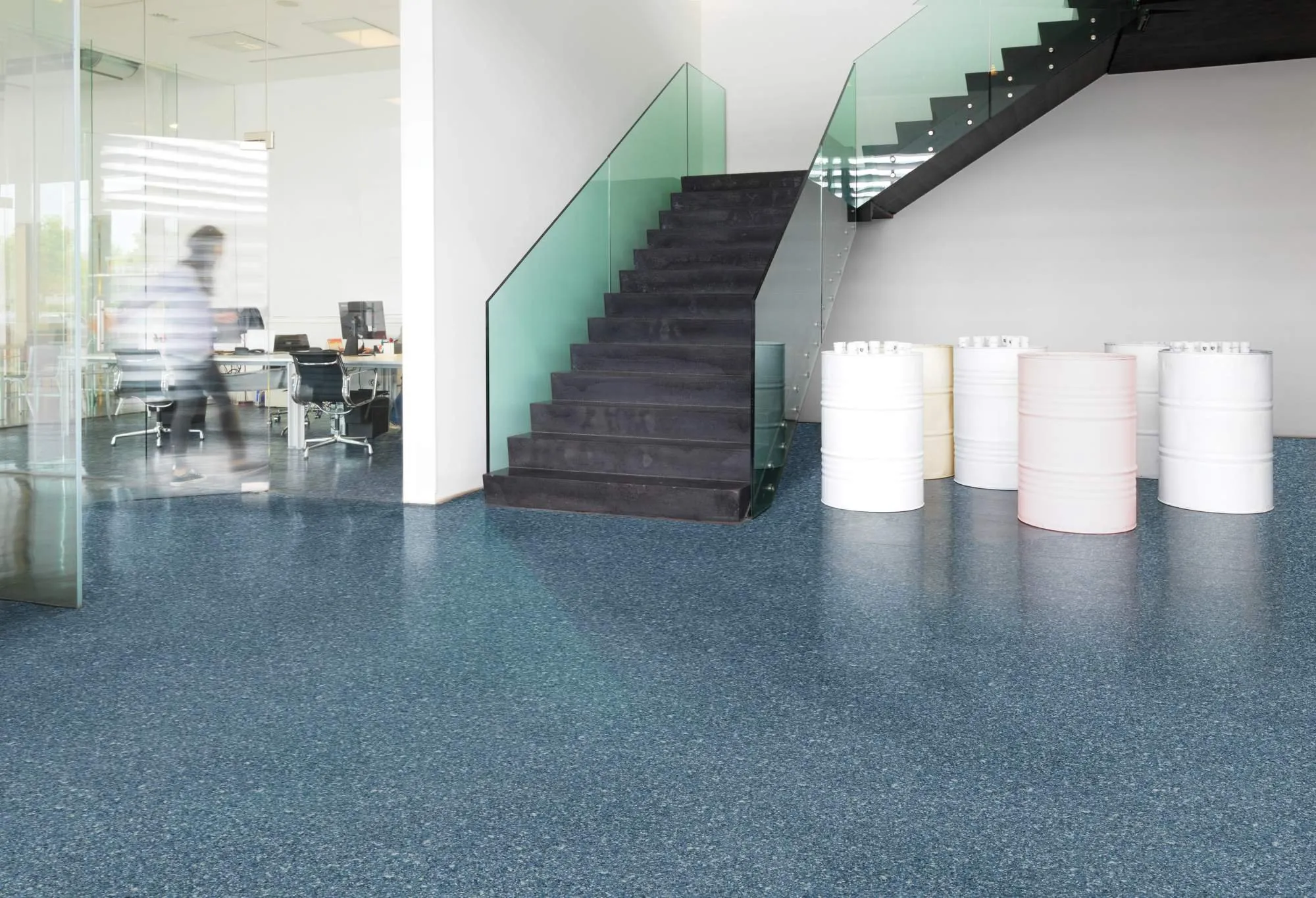commercial mezzanine floor
Understanding Commercial Mezzanine Floors A Strategic Space Solution
In the realm of commercial real estate, maximizing usable space is a pivotal concern for businesses of all sizes. One innovative solution that has gained traction in recent years is the incorporation of mezzanine floors in commercial properties. A mezzanine floor is an intermediate floor that is built between the main floors of a building, often overlooking a lower level. This article delves into what commercial mezzanine floors are, their benefits, considerations for implementation, and their roles in enhancing business operations.
Mezzanine floors are particularly popular in warehouses, retail spaces, and industrial settings. By effectively doubling the available space in a building without the need for extensive renovations or expansions, mezzanine floors provide a cost-effective strategy for space optimization. Businesses can utilize these additional spaces for various purposes, including storage, offices, or even retail displays. This flexibility allows companies to adapt swiftly to changing operational needs without incurring the hefty costs associated with moving to a larger facility.
One of the most significant advantages of commercial mezzanine floors is their relatively low installation cost compared to full building expansions. Businesses can create additional floors in existing structures, which helps reduce the need for new real estate acquisitions. Moreover, mezzanine floors can be constructed with a variety of materials, ranging from steel to wood, allowing businesses to tailor the aesthetics and functionality to meet their specific needs.
commercial mezzanine floor

Safety and compliance are critical factors to consider when planning a mezzanine floor. Regulatory guidelines often dictate the load capacities, dimensions, and design elements of mezzanine installations. Businesses must ensure that their mezzanine floors are compliant with local building codes, which may require engineered designs and safety features such as guardrails and fire safety measures. Partnering with experienced professionals during the design and installation process can help streamline this effort and ensure safety is prioritized.
Another important consideration is the impact of mezzanine floors on the overall workplace environment. While additional space can lead to improved efficiency and productivity, it is essential to maintain a balance that ensures the comfort of employees and customers. Adequate lighting, ventilation, and aesthetic design are crucial components that contribute to a positive atmosphere, particularly if the mezzanine is being used as an office or customer service area.
In conclusion, commercial mezzanine floors offer a strategic solution for businesses seeking to optimize their space without the significant investment of moving or expanding their facilities. By understanding the key benefits and considerations involved in their implementation, businesses can make informed decisions that will facilitate growth and adaptability in an ever-evolving market. As the demand for innovative space solutions continues to rise, mezzanine floors will likely remain a popular choice for companies aiming to enhance their operational efficiency and foster a productive work environment. Embracing this trend not only demonstrates a commitment to utilizing available resources wisely but also positions businesses for future success.
-
SPC FlooringJun.24,2025
-
Bathroom Wall CoveringsJun.24,2025
-
Why Dry Back LVT Flooring Is the Smart Choice for Modern InteriorsJun.05,2025
-
Transform Your Interiors with Elegant Luxury Vinyl Flooring OptionsJun.05,2025
-
The Rise of SPC Vinyl Flooring: A Modern Solution for Durable and Stylish SpacesJun.05,2025
-
Click LVT Flooring: The Perfect Blend of Style, Strength, and SimplicityJun.05,2025




